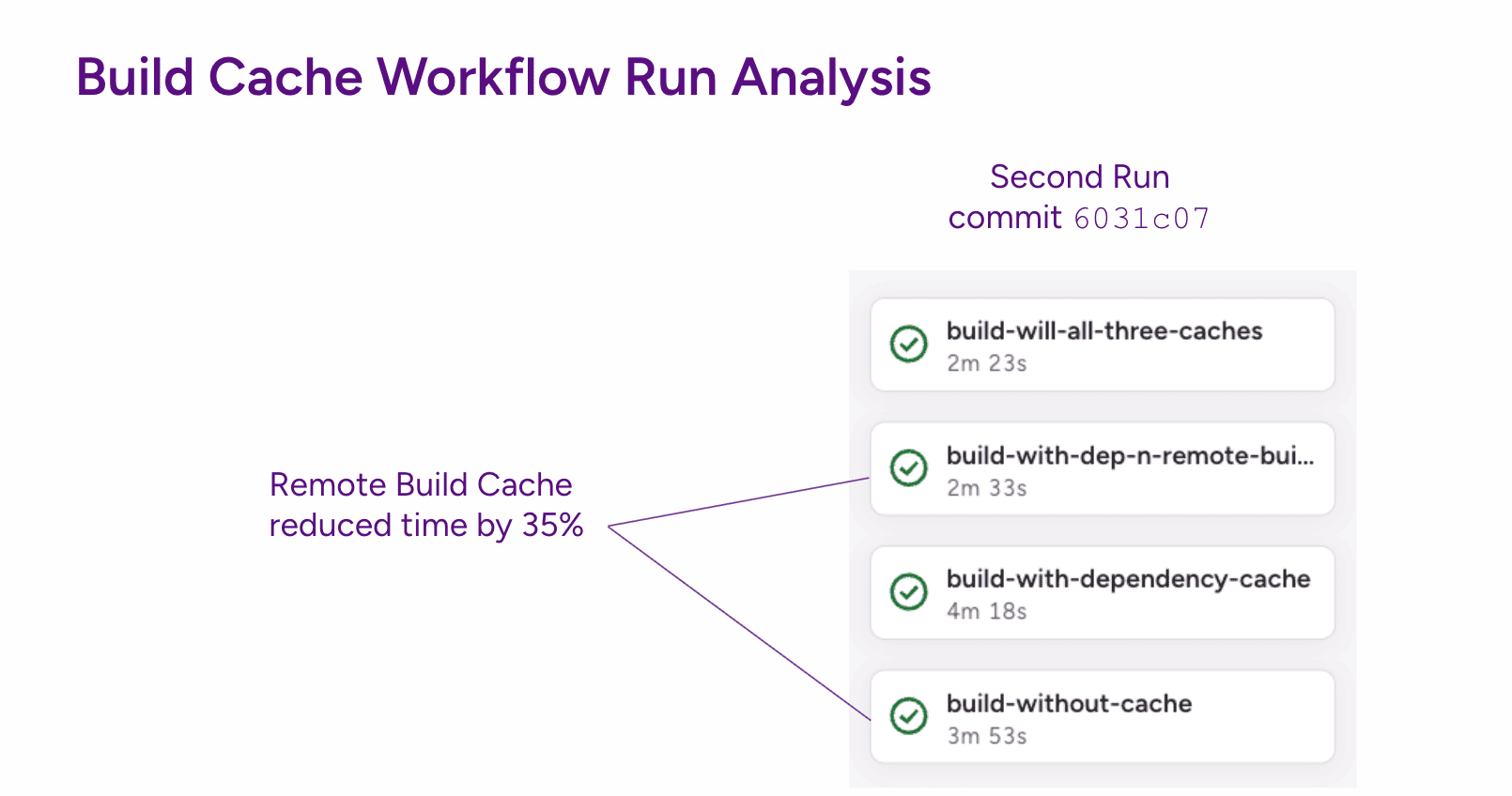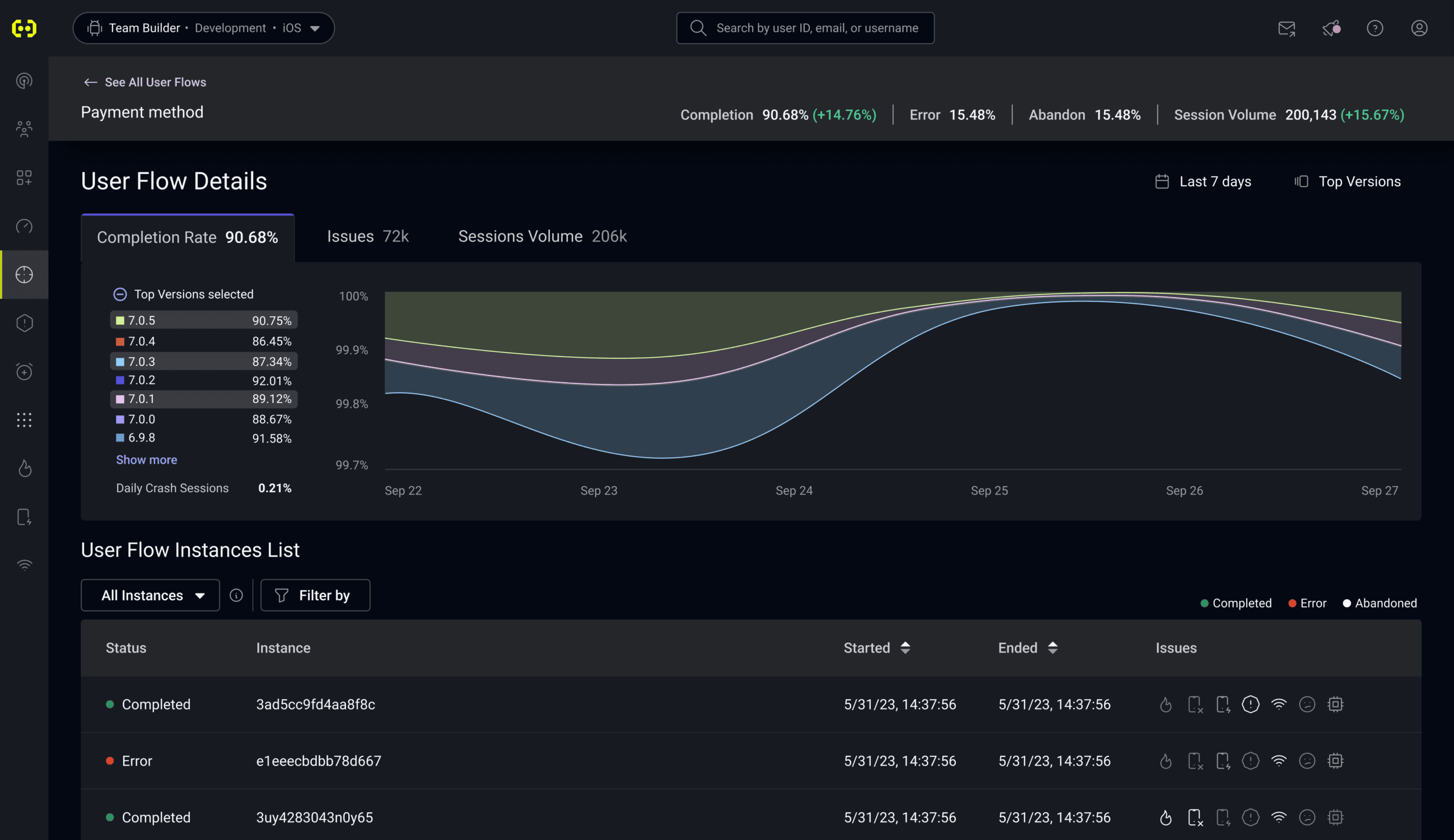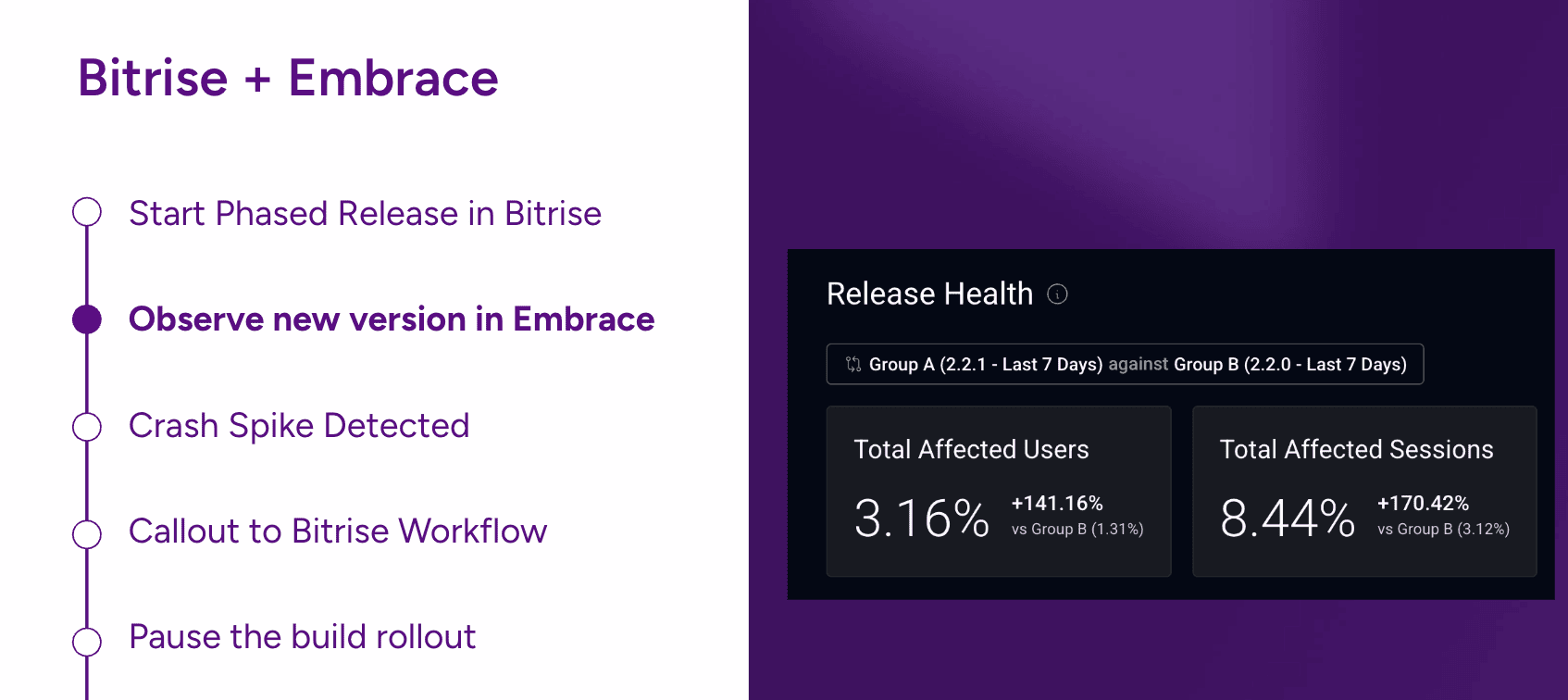
As mobile developers, our core goals are to build high-quality apps efficiently, ensure seamless user experiences, and quickly address any issues that arise once in production. A recent webinar from Bitrise and Embrace offers valuable strategies to achieve these goals through optimized CI/CD and robust observability.





